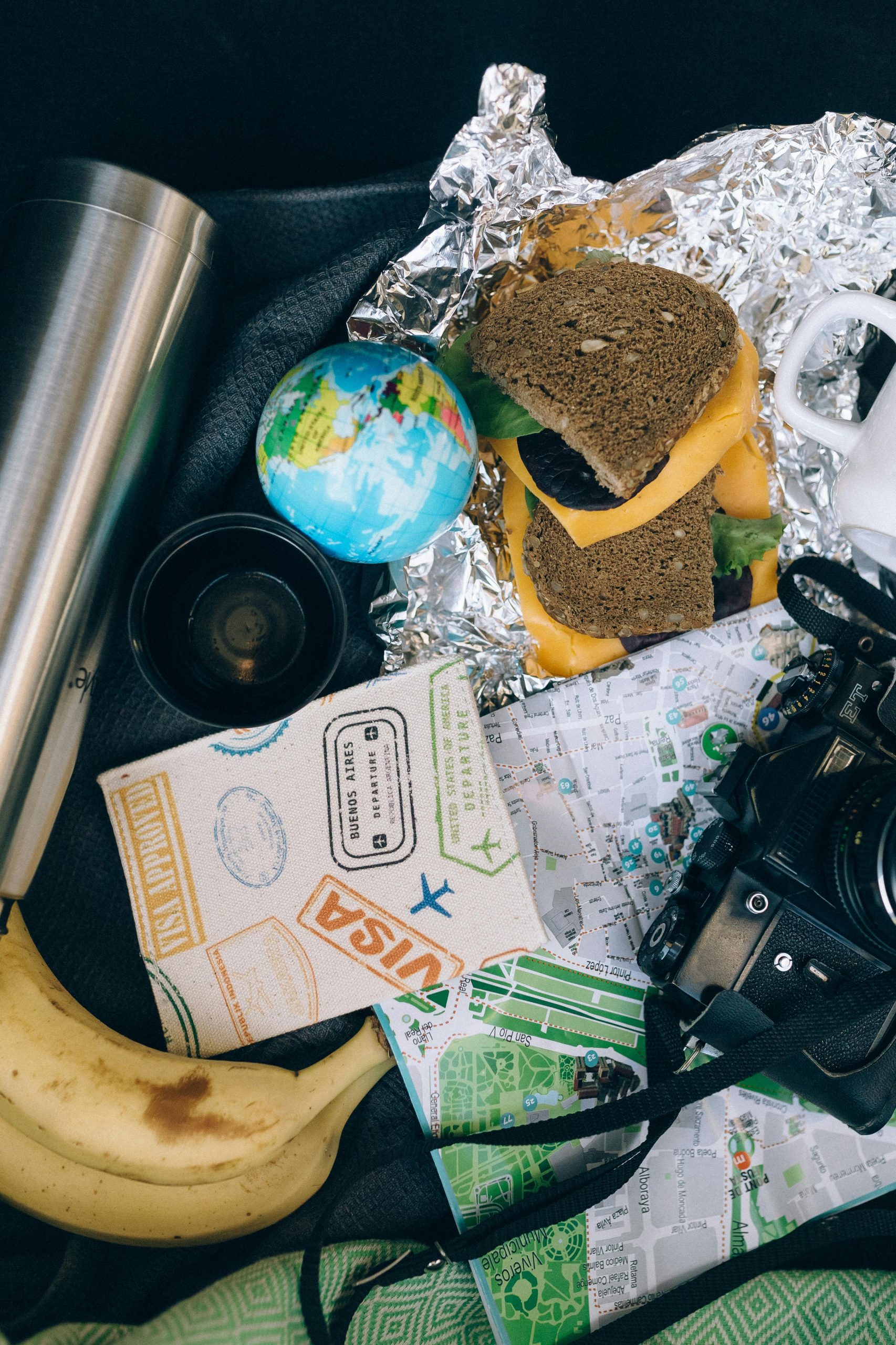Embarking on a solo backpacking trip is one of the most rewarding adventures you can undertake. It offers unparalleled freedom, self-discovery, and the chance to connect deeply with nature. However, planning a solo backpacking trip requires careful preparation to ensure safety, comfort, and enjoyment. Whether you’re a seasoned traveler or a first-timer, this guide will walk you through everything you need to know—from choosing your destination to packing the right gear—so you can hit the trail with confidence.
Choosing the Right Destination
Selecting the perfect destination is the first and most crucial step in planning your solo backpacking trip. Consider the following factors to narrow down your options:
Skill Level and Experience
If you’re new to backpacking, opt for well-marked trails with moderate difficulty and reliable infrastructure. Popular beginner-friendly destinations include national parks like Yosemite or the Appalachian Trail. Experienced backpackers might seek more remote or challenging routes, such as the Pacific Crest Trail or international treks like the Camino de Santiago.
Season and Weather
Research the best time to visit your chosen destination. Avoid extreme weather conditions, such as heavy snowfall or monsoon seasons, unless you’re adequately prepared. Spring and fall often offer mild temperatures and fewer crowds, making them ideal for solo trips.
Safety Considerations
Prioritize destinations with good cell service or emergency access points, especially if you’re traveling alone. Check for local wildlife risks, such as bears or venomous snakes, and learn how to mitigate them. Reading recent trail reviews can provide valuable insights into current conditions.
Essential Gear and Packing List
Packing the right gear is vital for a successful solo backpacking trip. Here’s a breakdown of the essentials:
Shelter and Sleep System
- Tent or hammock: Choose a lightweight, weather-resistant option.
- Sleeping bag: Pick one rated for the expected temperatures.
- Sleeping pad: Provides insulation and comfort.
Clothing and Footwear
- Moisture-wicking base layers: Keep you dry and comfortable.
- Insulating layers: Fleece or down jackets for warmth.
- Waterproof outer shell: Protects against rain and wind.
- Sturdy hiking boots: Break them in before your trip.
Food and Water
- Lightweight, high-calorie meals: Dehydrated meals or energy bars.
- Water filtration system: A must for safe drinking water.
- Bear-proof food storage: If camping in bear country.
Navigation and Safety
- Map and compass: Even if you use GPS, always carry backups.
- First-aid kit: Include bandages, antiseptic, and any personal medications.
- Multi-tool or knife: Handy for repairs and emergencies.
Planning Your Route and Itinerary
A well-thought-out itinerary ensures you stay on track and avoid unnecessary risks. Follow these steps to plan your route:
Research the Trail
Study trail maps, elevation profiles, and water sources. Note key landmarks, campsites, and exit points in case of emergencies. Apps like AllTrails or Gaia GPS can be invaluable for planning.
Set Realistic Daily Mileage
Don’t overestimate your hiking speed—factor in breaks, photo stops, and fatigue. Beginners should aim for 8-10 miles per day, while experienced hikers might cover 12-15 miles.
Share Your Plans
Always leave a detailed itinerary with a trusted friend or family member. Include your route, expected return date, and emergency contacts. Check in periodically if possible.
Staying Safe on the Trail
Solo backpacking comes with unique risks, but these tips will help you stay safe:
Trust Your Instincts
If something feels off—whether it’s the weather, terrain, or other hikers—listen to your gut and adjust your plans accordingly.
Wildlife Awareness
Learn how to store food properly and react to encounters with animals like bears or mountain lions. Make noise while hiking to avoid surprising wildlife.
Emergency Preparedness
Carry a whistle, signal mirror, and emergency blanket. Know basic first aid and how to handle common injuries like blisters or sprains.
Mental and Physical Preparation
Solo backpacking isn’t just about gear—it’s about mindset and fitness too.
Physical Training
Start conditioning your body weeks before your trip. Hike with a loaded backpack, practice on inclines, and build endurance through cardio exercises.
Mental Resilience
Prepare for solitude and unexpected challenges. Meditation, journaling, or simply spending time alone beforehand can help you adjust.
Leave No Trace
Respect nature by following Leave No Trace principles: pack out all trash, minimize campfire impact, and stay on designated trails.
Conclusion
Planning a solo backpacking trip may seem daunting, but with the right preparation, it can be an unforgettable experience. By choosing the right destination, packing essential gear, crafting a solid itinerary, and prioritizing safety, you’ll set yourself up for success. Remember, the journey is as much about self-discovery as it is about adventure. So lace up your boots, trust your instincts, and embrace the freedom of the trail. Happy hiking!
